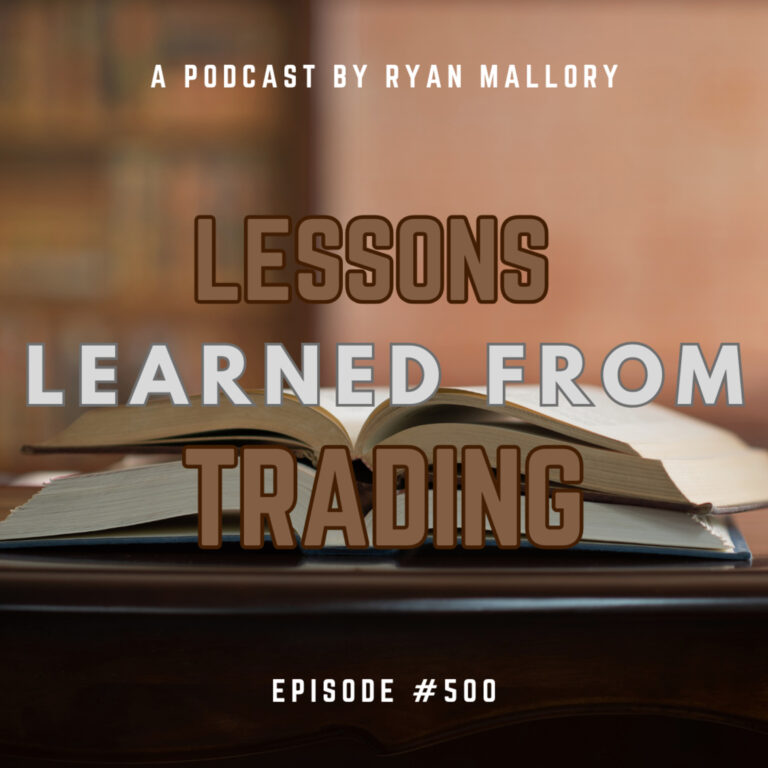Here are some current rules that I am working on for a successful living day trading. I am feeling very confident about my initial stop order, which is really just based many times on the classic 1-2-3 breakout, but sometimes not. I’m interested in a breakout of the high or low of day that is established in the first 30 minutes of trading. I WILL NOT trade before 10 am. Please visit my new blog every night for updated charts showing you both gains and losses and how to manage your account according.
www.talesofthedaytrade.blogspot.com
trading rules–Ryan Parker
I’m constantly working on my trading rules, trying to get my success rates higher! Here is what I have so far that works pretty well for me. What i’m usually working on are my trailing stops and where they go and how they get updated when I am in the money. These “rules” are kind of in the order of how I proceed with a buy or a sell short.
1. NEVER trade before 10 am. I am interesting in breakouts of high and low of the day and trading just tends to be too sporadic before 10 am. Many times however a move is set up for a breakout just after 10 am and usually before 11 am.
2. Scan your favorite stocks and look for ones that are setting up for a breakout of the high or low of the day. Many Nasdaq stocks can be frequently volatile and work well for these types of breakouts. Don’t have too many to scan. Too many and you won’t have enough time to chart and decide on some order entries.
3. Place a stop order after 10 am for a stock that is about to breakout. TRY to trade WITH the overall market. There are times that the market is 50/50 and other times where you will have 1 stock out of 100 breaking out high big, but most times the market will work in conjunction with my picks. Stocks that I usually like have fairly high volume and thus are factored into the overall index price heavily. Your stop order should be 1 penny above the high of day (or 2 or 3 if you want to be more conservative), or 1 penny below the low of the day. 4. Place a trailing stop of 2% at the same time you place the stop order. You can also place your stop loss at the OPPOSITE position. Meaning, if you are breaking out long, the stop loss can be placed at the low of the day. Make sure that this doesn’t equal more than 2% of a loss if you get stopped out. If it does and you still want to be in the position get less shares so that your risk remains the same to be in the position.
5. Have no less than 3 positions open at one time and no more than 6. Less than 3 and you don’t have enough of your capital working for you, and more than 6 can be fairly demanding as you need to constantly be scanning your open stocks and moving your trailing stop if you are in the money, and be scanning other stocks for possible other plays.
6. If your trade becomes profitable at, lets say, 1%, consider moving your trailing stop to a .5% trail to protect your profit. This is personal preference and many times this decision can be different as it has to do with the overall strength of the move.
7. There is usually another strong breakout that will happen around 1-2 pm, usually less profitable and sometimes requiring a little more monitoring.
8. The key is to keep your losses small and let your gains go until you get stopped out of a strong reversal move.
9. Pray for a lucky day
10. Go hug your wife, kid, or dog if you have them.

Welcome to Swing Trading the Stock Market Podcast!
I want you to become a better trader, and you know what? You absolutely can!
Commit these three rules to memory and to your trading:
#1: Manage the RISK ALWAYS!
#2: Keep the Losses Small
#3: Do #1 & #2 and the profits will take care of themselves.
That’s right, successful swing-trading is about managing the risk, and with Swing Trading the Stock Market podcast, I encourage you to email me (ryan@shareplanner.com) your questions, and there’s a good chance I’ll make a future podcast out of your stock market related question.
In today's episode, at episode 500, I am diving into the lessons learned from trading over the last 100 episodes, because as traders we are evolving and always attempting to improve our skillset. So here is to episode 500, and to another 500 episodes of learning and developing as swing traders in the stock market!
Be sure to check out my Swing-Trading offering through SharePlanner that goes hand-in-hand with my podcast, offering all of the research, charts and technical analysis on the stock market and individual stocks, not to mention my personal watch-lists, reviews and regular updates on the most popular stocks, including the all-important big tech stocks. Check it out now at: https://www.shareplanner.com/premium-plans
📈 START SWING-TRADING WITH ME! 📈
Click here to subscribe: https://shareplanner.com/tradingblock
— — — — — — — — —
💻 STOCK MARKET TRAINING COURSES 💻
Click here for all of my training courses: https://www.shareplanner.com/trading-academy
– The A-Z of the Self-Made Trader –https://www.shareplanner.com/the-a-z-of-the-self-made-trader
– The Winning Watch-List — https://www.shareplanner.com/winning-watchlist
– Patterns to Profits — https://www.shareplanner.com/patterns-to-profits
– Get 1-on-1 Coaching — https://www.shareplanner.com/coaching
— — — — — — — — —
❤️ SUBSCRIBE TO MY YOUTUBE CHANNEL 📺
Click here to subscribe: https://www.youtube.com/shareplanner?sub_confirmation=1
🎧 LISTEN TO MY PODCAST 🎵
Click here to listen to my podcast: https://open.spotify.com/show/5Nn7MhTB9HJSyQ0C6bMKXI
— — — — — — — — —
💰 FREE RESOURCES 💰
— — — — — — — — —
🛠 TOOLS OF THE TRADE 🛠
Software I use (TC2000): https://bit.ly/2HBdnBm
— — — — — — — — —
📱 FOLLOW SHAREPLANNER ON SOCIAL MEDIA 📱
*Disclaimer: Ryan Mallory is not a financial adviser and this podcast is for entertainment purposes only. Consult your financial adviser before making any decisions.




